We may earn money or products from the companies mentioned in this post. This means if you click on the link and purchase the item, I will receive a small commission at no extra cost to you ... you're just helping re-supply our family's travel fund.
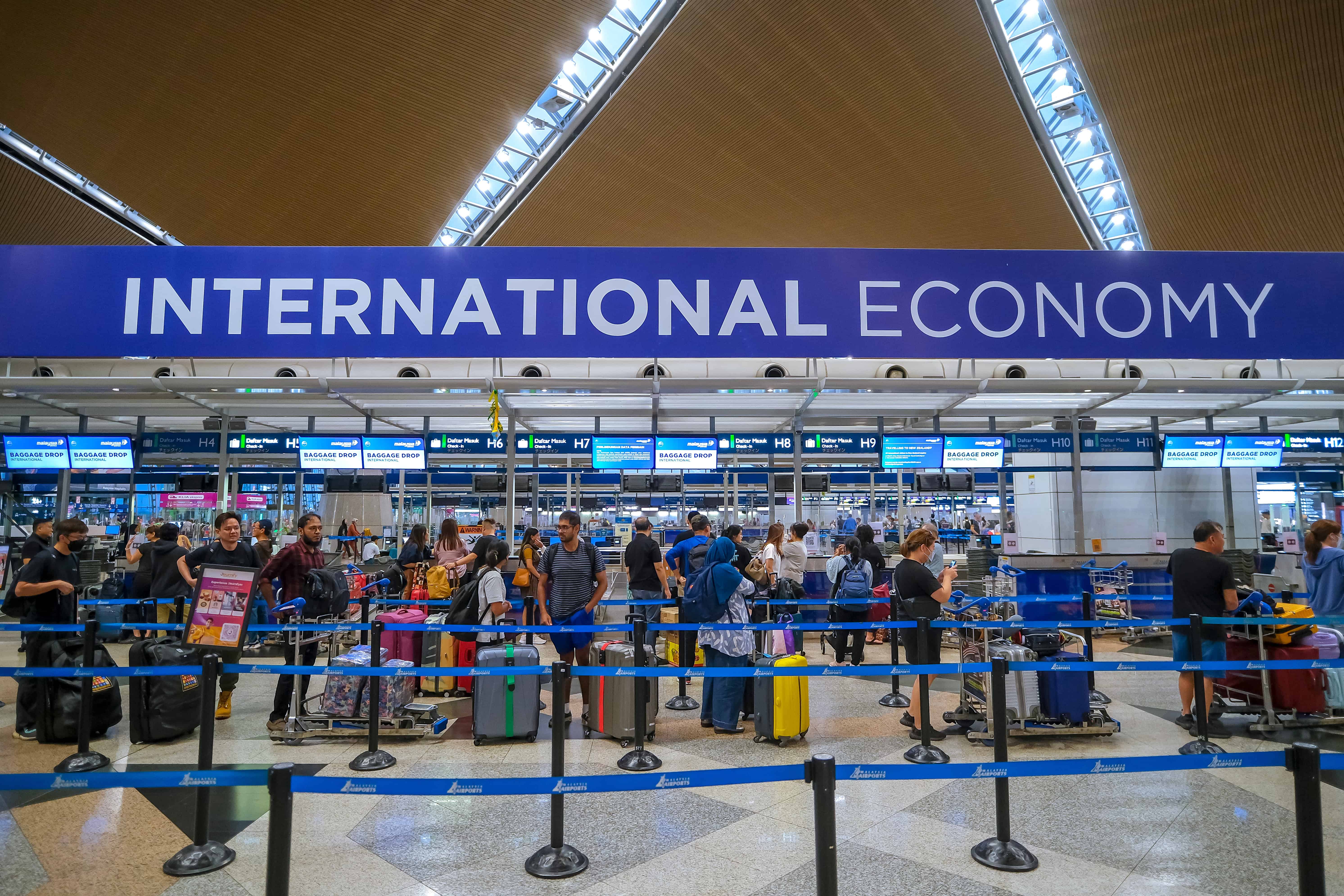
The first half of 2025 confirmed what airport lines hinted at: people are traveling hard, spending more, and choosing trips that feel meaningful instead of casual. Travel exports surged as inbound visitors committed to longer stays, deeper itineraries, and higher receipts across major gateways. That momentum brings energy and strain at once: tight flights, crowded cores, and pressure on staff, but also better support for local jobs, new routes, and rare opportunities for places just outside the spotlight. Expectations have shifted, and the stakes feel real.
The Surge Behind The Numbers

First half data shows travel exports rising sharply as visitors spend more per trip on hotels, food, tours, and transport. Instead of quick stops, many plan one strong journey, stay longer, and fold in regional side trips that push receipts higher without massive jumps in volume. This behavior gives airlines, attractions, and city budgets confidence to staff and invest for sustained demand rather than a fragile burst. It signals that travel is anchored as a priority, not an extra.
Premium Trips Over Casual Hops

Rising exports reflect a pivot toward premium, purpose driven itineraries. Many travelers save longer, book upgraded rooms or small group tours, and invest in food, culture, and nature that feel worth higher costs. Airlines respond with more comfort focused cabins, while hotels refine design and service to meet higher expectations. The result is less noise around empty discounts and more concentrated spending on experiences that stay in memory long after a return home.
Hotspots Where Crowds Intensify
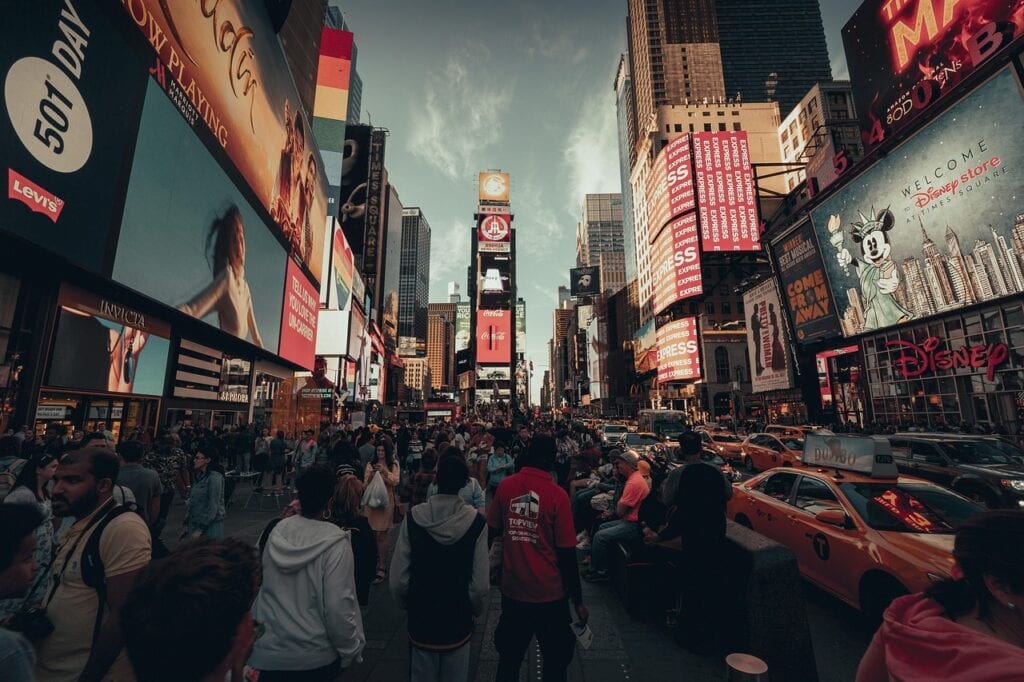
Surging spend does not spread evenly. Major gateways like New York, Miami, Los Angeles, and Orlando capture a large share, along with classic European and Asian capitals that dominate global searches. These hubs see packed historic districts, sold out waterfronts, and heavy strain on transit at peak hours. For local leaders and businesses, it is both reward and warning, forcing sharper conversations about pricing, crowd flow, and how much pressure neighborhoods can realistically absorb.
Shoulder Seasons As Strategic Advantage
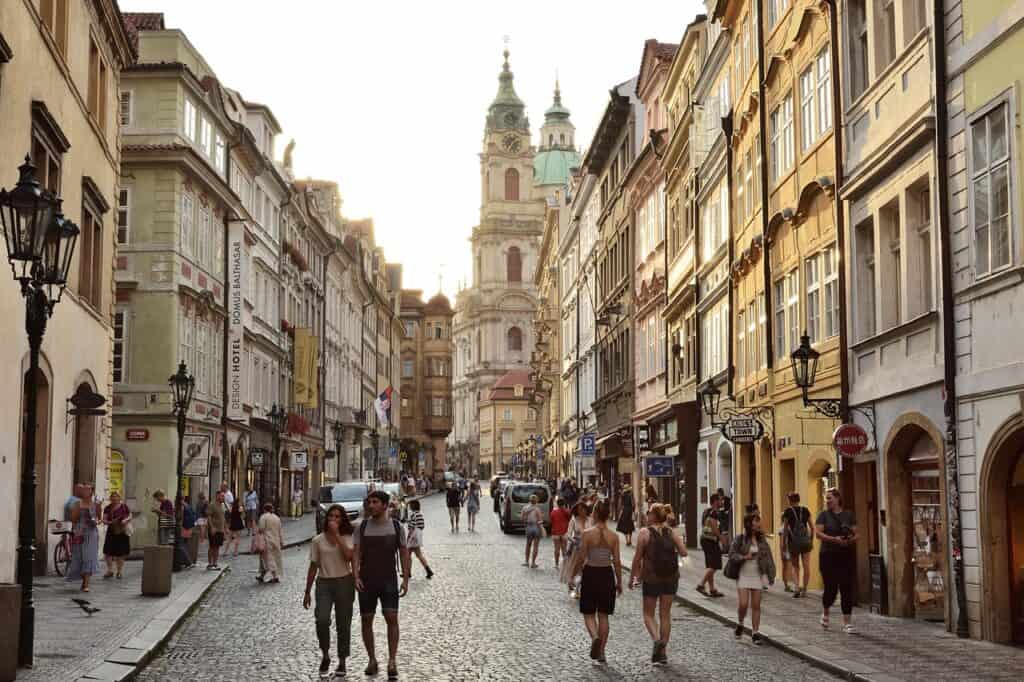
With peak dates swollen, real value now lives in shoulder seasons. Spring and autumn offer softer weather, calmer streets, and more attentive service in cities that feel overloaded in midsummer. Hotels and tour operators release focused offers instead of blunt sales, rewarding those who shift trips by a few weeks. Destinations gain steadier calendars and less burnout for workers, while visitors experience the same landmarks with more room to breathe and better time with locals.
How Pricing Power Shows Up
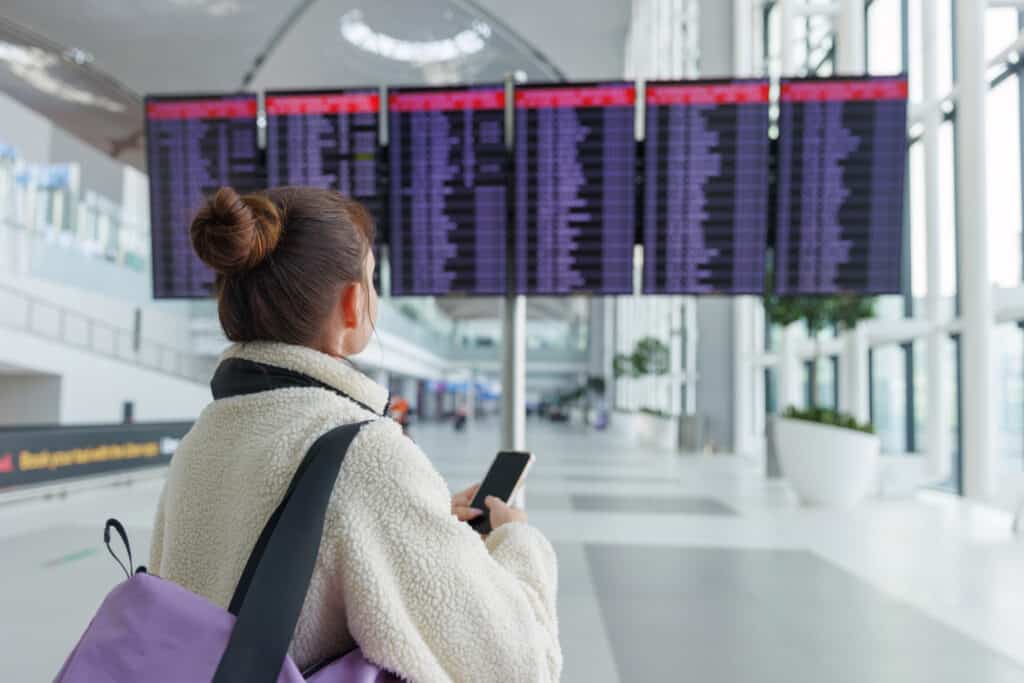
Export strength gives airlines and hotels firm pricing power, but not a blank check. High demand keeps average fares and nightly rates elevated on marquee routes and holidays, while revenue teams adjust quickly to spikes and lulls. Genuine deals still appear for early bookings, midweek stays, and routes into rising gateways. The pattern is disciplined: fewer dramatic fare wars, more targeted incentives that protect margins while keeping cabins and rooms usefully full.
Secondary Cities Step Into View
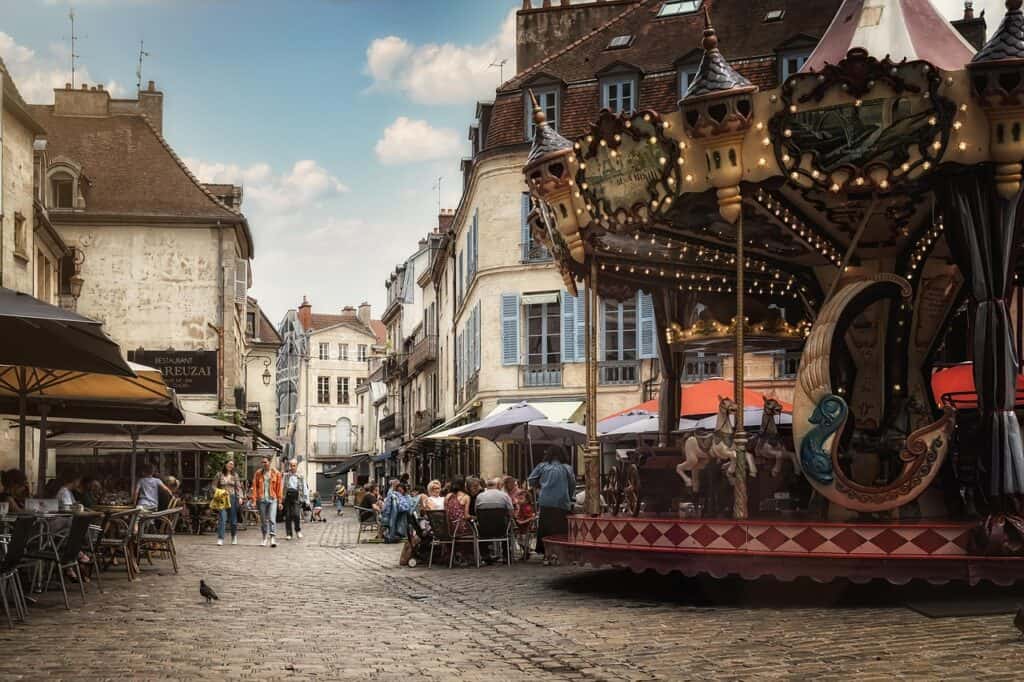
As iconic hubs crowd out, nearby and second tier cities emerge as smart alternatives. Places with compact centers, serious food, and improving air links soak up travelers who want character without gridlock. Local economies see fresh demand for independent hotels, galleries, and venues, instead of only chain properties near global landmarks. When managed deliberately, this shift spreads tourism income while easing pressure on residents in already saturated neighborhoods.
Road, Rail, And Regional Loops Matter
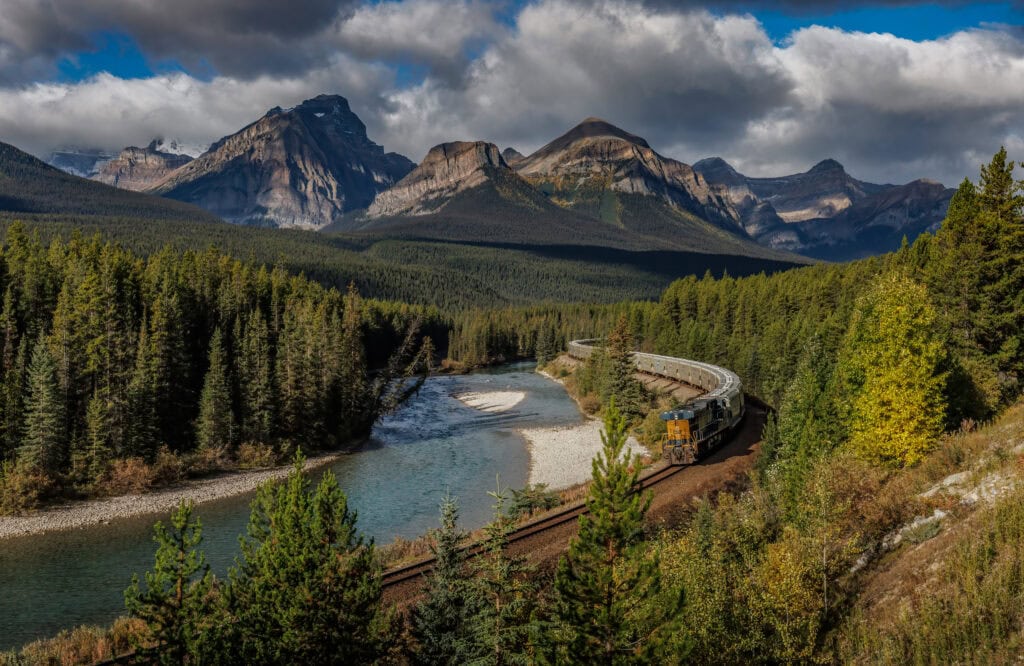
Even with strong export figures, not every meaningful journey crosses an ocean. Many travelers pair one long haul flight with regional loops by rail or car, stitching together smaller cities, wine regions, and national parks. These patterns feed family run stays and local guides instead of only big brands at primary hubs. It creates a layered map where major airports share momentum with corridors that feel grounded, specific, and easier on local infrastructure. It keeps pressure distributed, not fixed.
Signals For The Next Wave

Record first half performance signals that travel has settled in as a core habit tied to work, study, and family life, not a fragile rebound. Destinations now have cover to invest in staff training, transit upgrades, and climate conscious protections visitors increasingly expect. At the same time, communities demand honesty on housing, wages, and congestion. How leaders balance those pulls will decide whether future surges feel like welcome opportunity or relentless strain on the places that make trips worth taking.